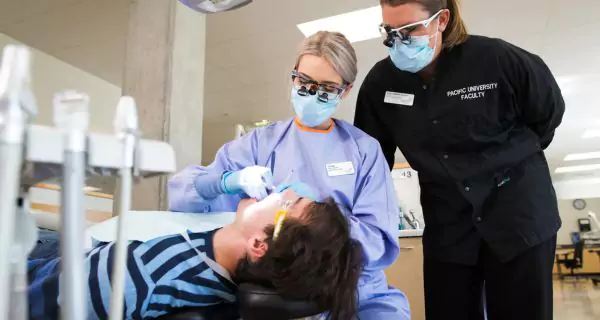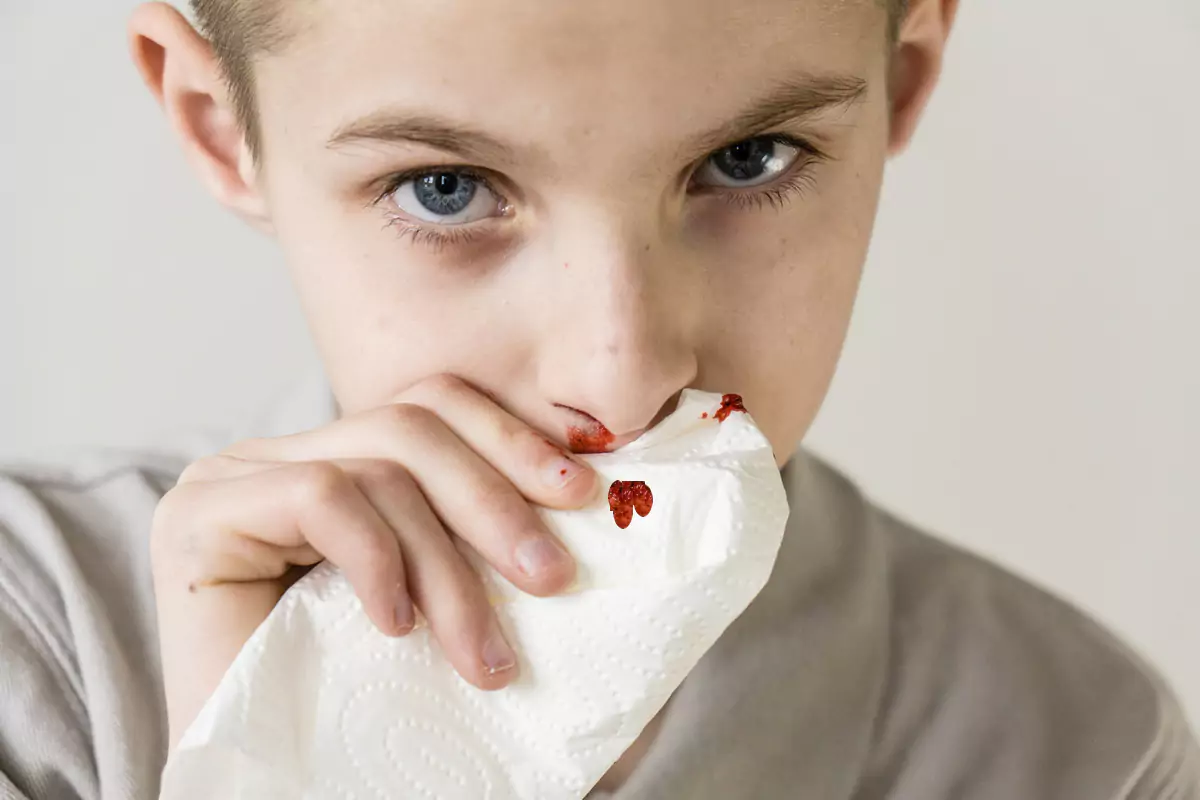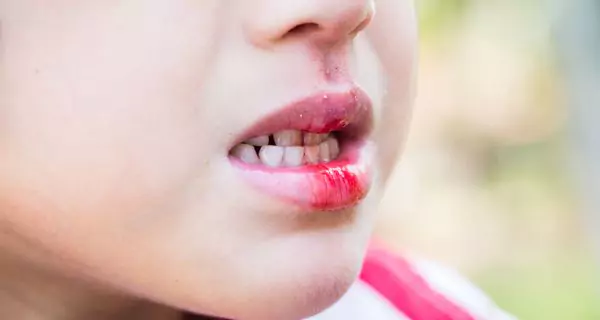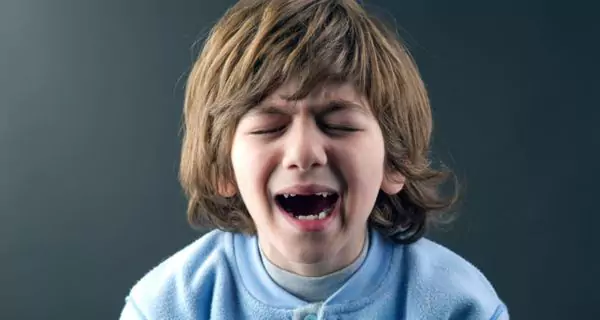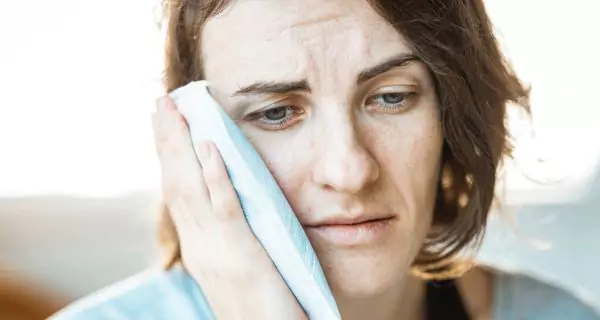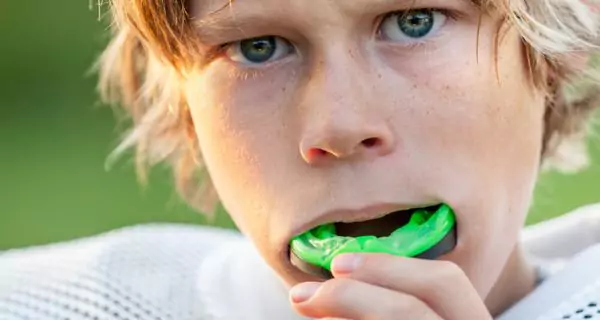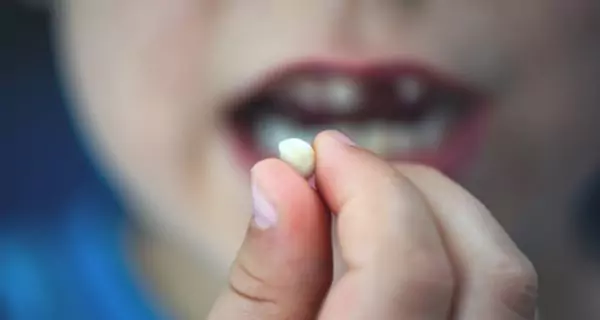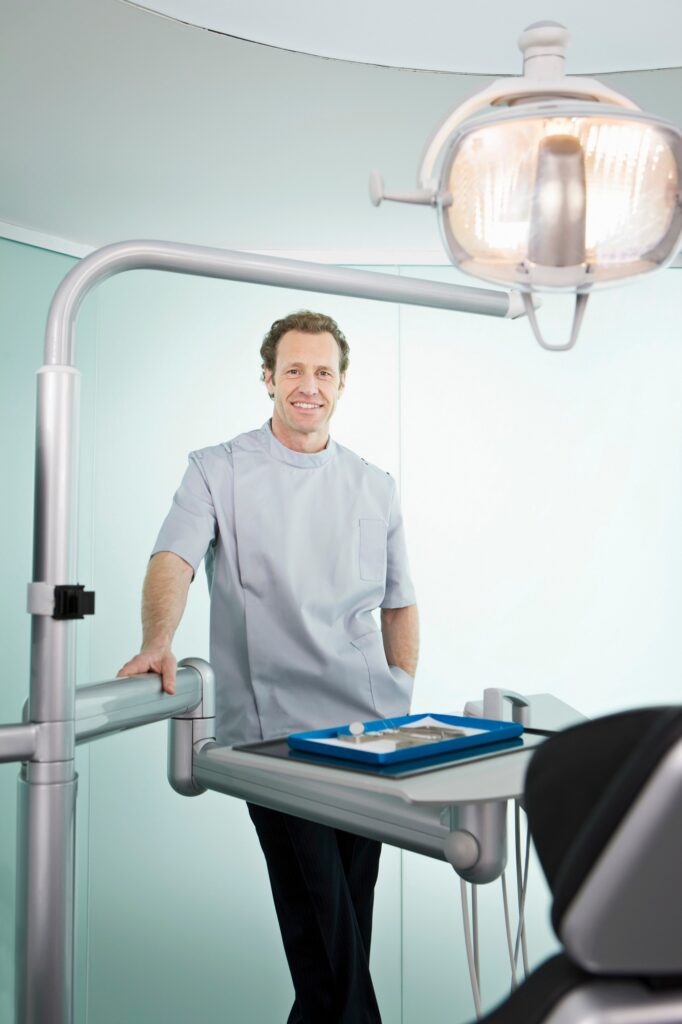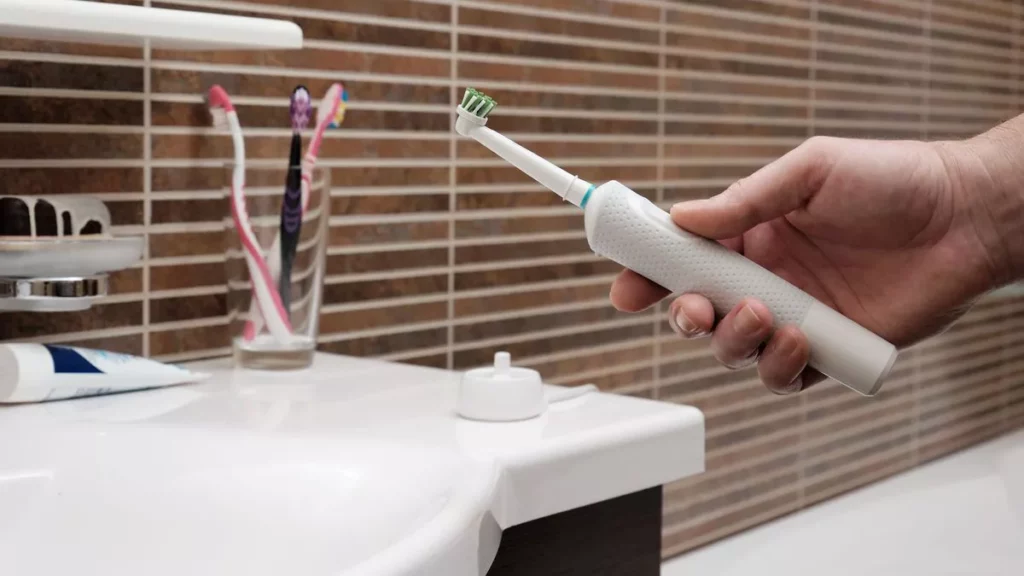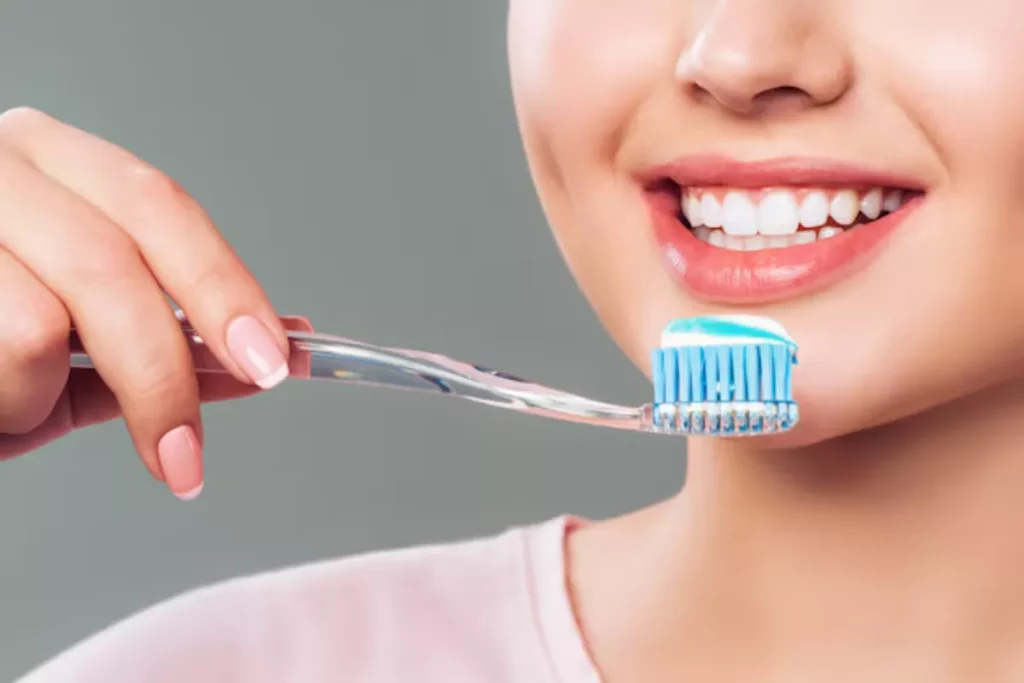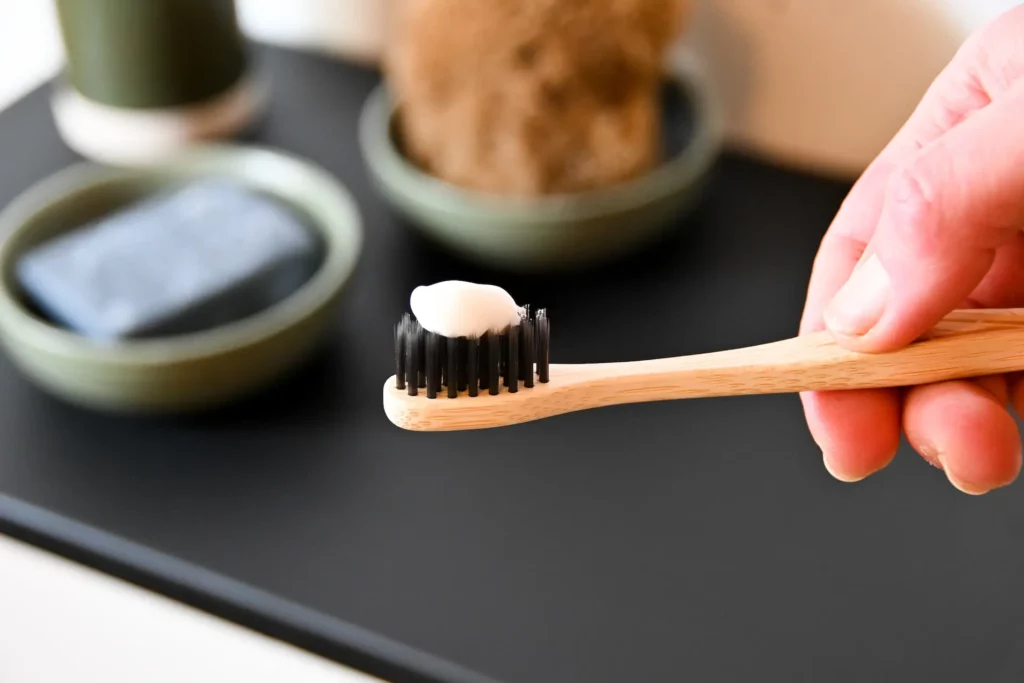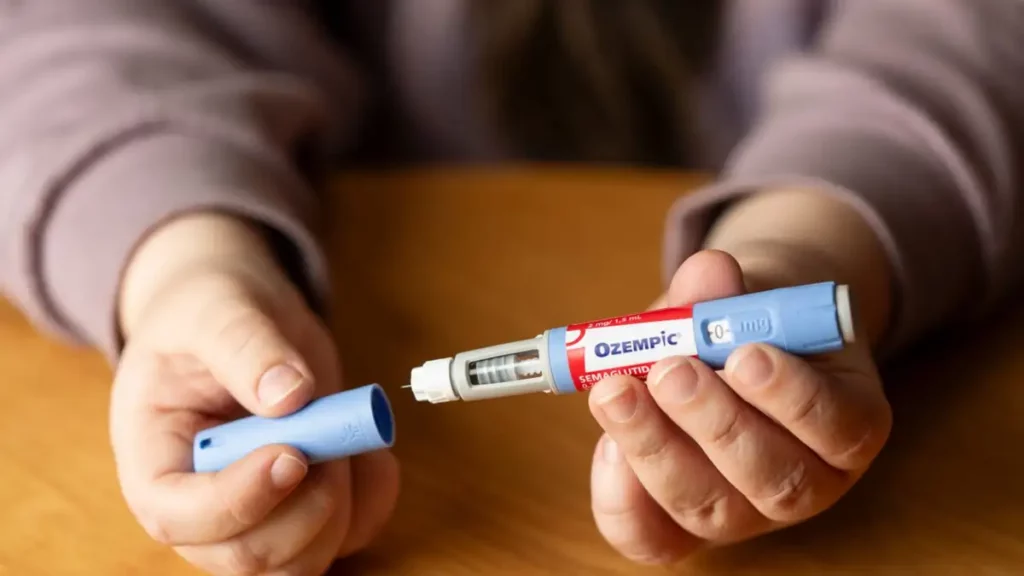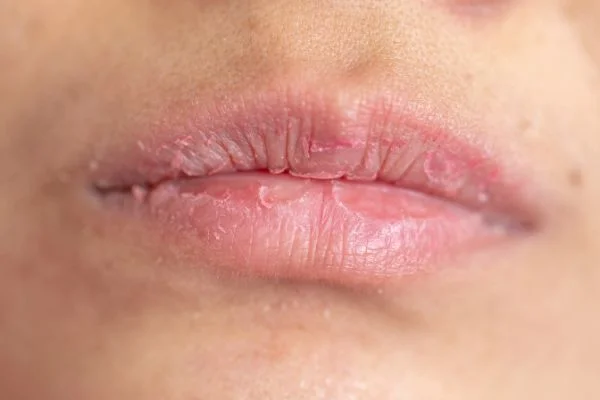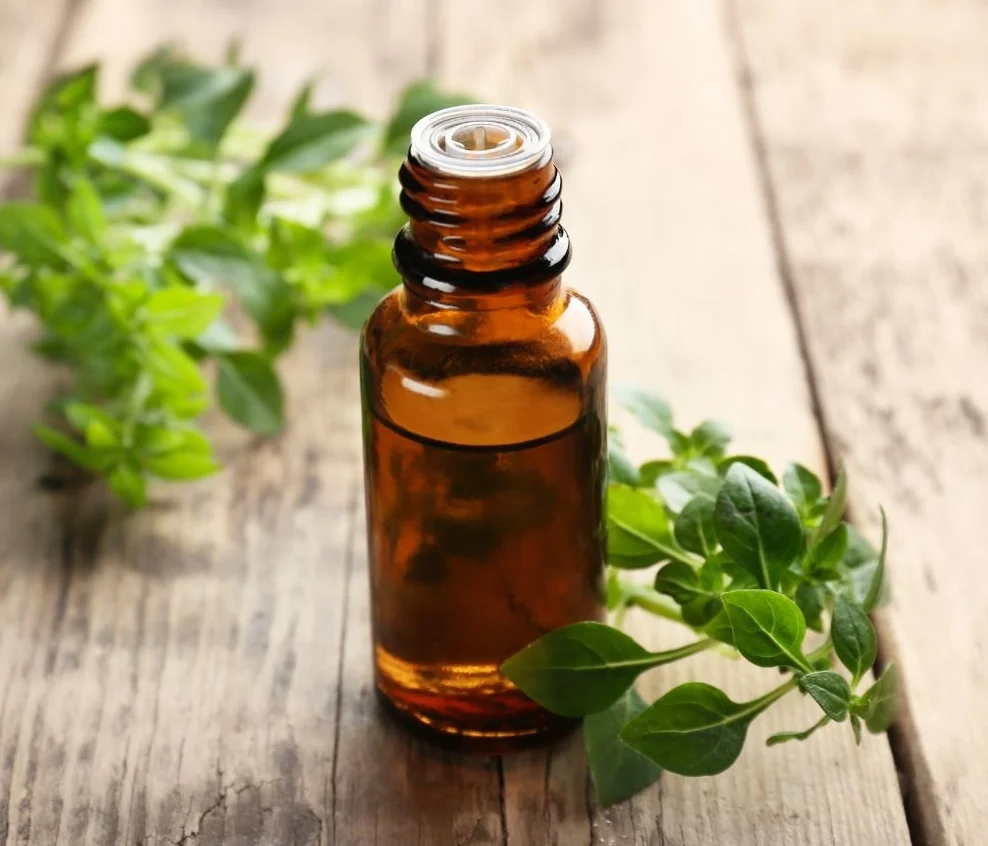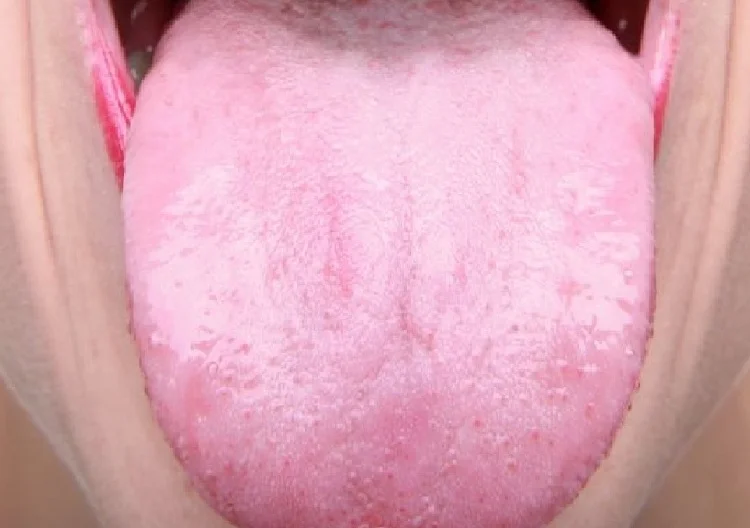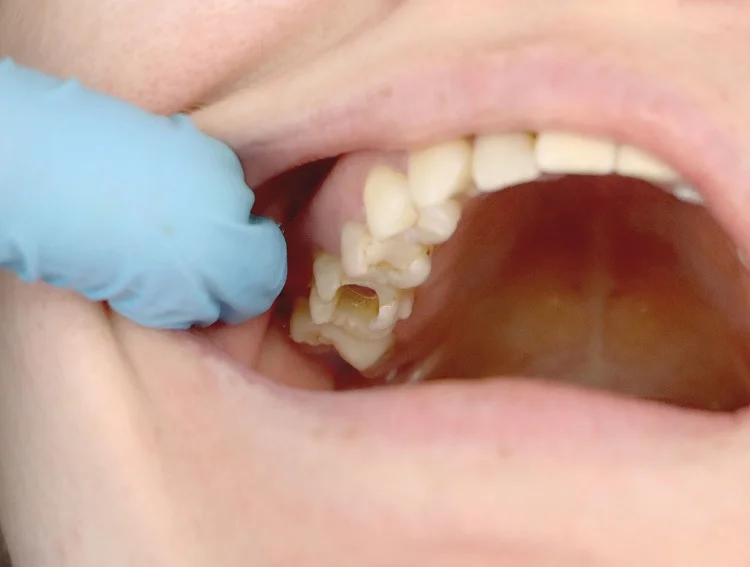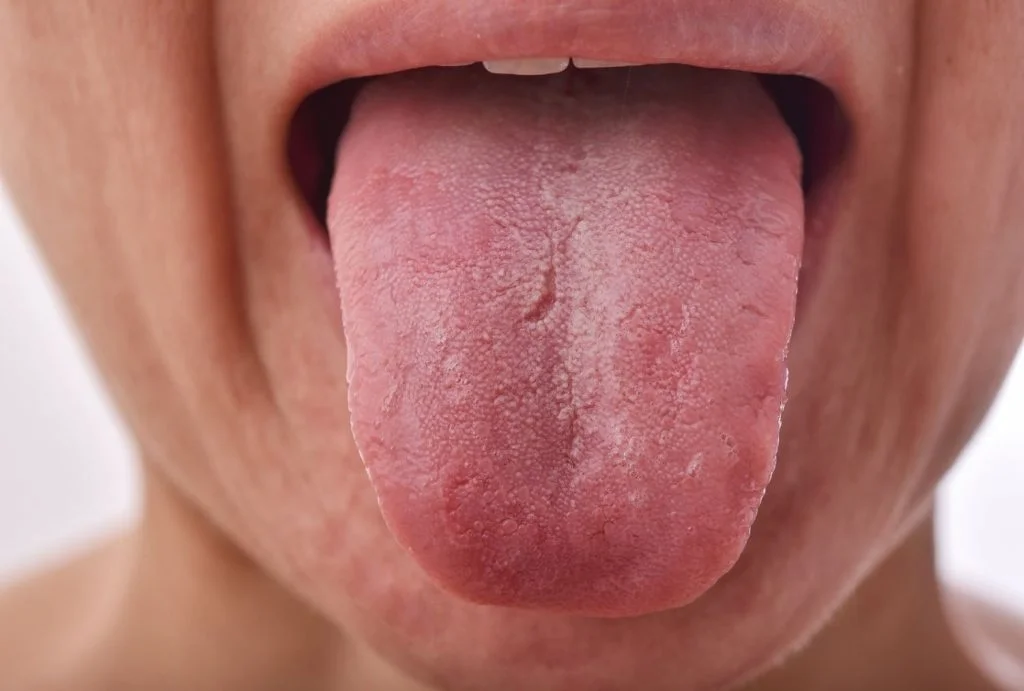Last Updated on: 19th September 2025, 12:31 pm
If a dental injury happens during sports, act fast. For a knocked-out tooth, rinse gently and try to reinsert it or keep it in milk, then see a dentist immediately. For chips or loose teeth, clean gently, apply ice, and get dental help quickly. Manage pain with over-the-counter meds and eat soft foods. Always use mouthguards to prevent injuries.
Sports are a fun and healthy way to stay active, but they come with some unexpected risks, like a dental injury, which can occur due to blows, falls, or direct impacts to the mouth.
These accidents can range from minor injuries, such as lip cuts, to more serious issues like tooth fractures or complete tooth loss. Dealing with a dental injury can be painful and stressful, especially if you don’t know what to do at the time.
Many dental injuries in sports can be prevented, and when accidents do happen, quick action makes a big difference. In this guide, you’ll learn how to recognize, treat, and prevent sports-related dental injuries.
What Are Sports-Related Dental Injuries?
Dental injuries during sports aren’t rare. According to the American Dental Association (ADA), collision sports have a dentofacial injury rate of over 27%.
While high-contact sports like football, rugby, and martial arts are well-known for causing mouth injuries, the reality is that even non-contact sports like cycling, skateboarding, or gymnastics come with risks.
The truth is, any activity where you can fall, collide, or be hit in the face has the potential to cause dental trauma.
These injuries don’t just affect the teeth. They can the gums, lips, cheeks, tongue, and even the jawbone. Depending on the severity, injuries might require quick first aid, emergency dental care, or even long-term treatments.
Common causes of dental injuries in sports
Here are some of the most typical ways dental injuries happen during physical activity:
- Direct impacts: Balls, bats, sticks, elbows, or accidental kicks can all hit the face and cause serious harm.
- Player collisions: In sports like soccer, basketball, or hockey, bumping into other players is common and can result in mouth injuries.
- Falls: Losing your balance while skateboarding, biking, or running can easily cause facial trauma.
- Inadequate protective gear: Not wearing a mouthguard, helmet, or face shield greatly increases the risk of injury.
Even if you don’t see external damage right away, internal injuries still exist. Always pay attention to any discomfort or symptoms after an incident.
The most common types of sports dental injuries
Let’s take a closer look at the types of injuries athletes (especially teens) might experience:
Tooth fractures
These are chips, cracks, or full breaks in a tooth’s structure. They may involve just the enamel or go deeper into the dentin or pulp. Some fractures are minor, while others may require a crown or even a root canal.
Teen athletes are particularly prone to them due to high impact and incomplete enamel development.
Tooth avulsion (knocked-out tooth)
One of the most serious injuries, avulsion, occurs when a tooth is completely knocked out of its socket.
Fast action is crucial. If the tooth is reimplanted within 30 to 60 minutes, there’s a high chance that it can be saved.
Tooth luxation (displaced tooth)
This happens when a tooth is pushed out of position – either forward, backward, or sideways – but not fully knocked out. It may feel loose or look crooked.
Early dental care is essential to stabilize the tooth and avoid long-term damage.
Tooth intrusion
An intrusion happens when a tooth is pushed upward into the socket, often from a strong blow. It’s one of the most severe injuries and can affect the root, nerves, and surrounding bone.
Treatment may include waiting for spontaneous re-eruption, surgical or orthodontic repositioning.
Soft tissue injuries
These include cuts, bruises, and abrasions on the lips, cheeks, tongue, or gums.
They’re often caused by impact with teeth, braces, or external objects. Treatment depends on severity; some heal on their own, while deeper wounds may need sutures or emergency dental care.
Jaw injuries
Fractures or dislocations of the jawbone can affect facial symmetry, speaking, eating, and breathing.
If an athlete experiences jaw pain, difficulty opening or closing their mouth, or misalignment, immediate medical evaluation is needed.
Each type of injury needs to be handled differently, highlighting why early professional assessment is so critical.
Symptoms to watch out for
Some injuries are obvious, others aren’t. Here are signs that something may be wrong:
- sharp pain or new sensitivity to temperature or pressure
- visible cracks or chips
- tooth feels loose or out of place
- bleeding from the gums, lips, or inside the mouth
- swelling in the cheeks, lips, or jaw
- bruising or difficulty opening and closing the mouth
Even if the injury seems minor, don’t ignore it. Internal damage can worsen without treatment.
First aid: what to do right after a dental injury?
Knowing how to respond right away can make all the difference.
Knocked-out tooth
- Pick it up by the crown, not the root.
- Rinse gently with water or milk; don’t scrub or use soap.
- If possible, place it back in the socket and bite down gently on a clean cloth.
- If that’s not an option, store it in milk, saline solution, or your saliva, between your cheek and gums (be careful, don’t swallow it)
- See a dentist immediately: Ideally, within 30 minutes for the best chance to save the tooth.
Keep a small Tooth Saver kit or saline vial in your sports bag for emergencies.
Fractured or chipped tooth
- Rinse your mouth with warm water to clean the area.
- Apply a cold compress: Place it on the outside of the face to reduce swelling, like the Thrive Gel Ice Pack.
- Save any broken tooth pieces in milk or saline.
- See your dentist promptly to assess the damage and begin treatment.
Loose or displaced tooth
- Avoid moving it: Don’t wiggle the tooth or touch it more than necessary.
- Bite gently: Use a piece of gauze or a clean cloth to stabilize the tooth.
- Seek immediate dental care. Early stabilization often saves the tooth.
How Should You Care for a Dental Injury?
When a dental injury happens, knowing how to care for it properly can make a huge difference in your comfort and the success of your recovery.
From managing immediate pain at home to getting the right professional treatment, each step plays a vital role in healing and protecting your smile.
Managing pain and supporting healing at home
Dental trauma is uncomfortable, but you can ease the pain and support recovery with the right approach:
- Take ibuprofen or acetaminophen for pain and inflammation.
- Use ice packs regularly in the first 24–48 hours.
- Eat soft foods like mashed potatoes, smoothies, or warm soups.
- Maintain gentle hygiene. Use a soft toothbrush like the Oral-B Sensitive Gum Care or Nimbus Microfine Toothbrush to avoid irritating sensitive gums.
- Rinse with an antibacterial mouthwash such as Colgate Peroxyl, which is great for healing tissue.
Professional treatment options
Once you reach a dental professional, treatment will depend on the injury type:
- Bonding: repairs minor chips and cracks.
- Crowns: cover larger fractures or damaged teeth.
- Root canal therapy: needed if the tooth’s nerve or blood supply is affected.
- Splinting: stabilizes loose or reinserted teeth using neighboring teeth.
- Surgery: may be needed for jaw fractures or complex soft tissue injuries.
Prompt treatment often means a simpler and faster recovery.
How to prevent dental injuries in sports?
Prevention is better (and cheaper) than treatment. Here’s how to keep your mouth safe before anything happens.
Always use a mouthguard
Mouthguards are your first line of defense against sports-related dental trauma. They absorb shock, reduce impact, and protect teeth, gums, and lips from injury.
There are three main types:
- Custom-fitted mouthguards (made by your dentist) offer the best comfort and protection.
- Boil-and-bite mouthguards like the Shock Doctor Gel Max or SISU Aero are more affordable and moldable at home.
- Stock mouthguards, which are pre-shaped and less protective, but better than nothing in a pinch.
If you wear braces or need a specific fit, consider a Under Armour Mouthguard, known for high performance and a secure feel during competition.
Helmets and face shields
In sports like hockey, football, baseball, and lacrosse, helmets with face protection are essential. They prevent not only dental trauma but also skull fractures and serious facial injuries. Always ensure your helmet fits properly and is in good condition.
Train smart and play safe
Teach and follow proper technique. Avoid aggressive or reckless behavior. For younger athletes, supervision and good coaching are essential in building safe habits that reduce injury risk long term.
When to see a dentist?
Always visit a dentist after any hit to the mouth, even if it seems minor. Some issues don’t show up right away.
Seek urgent care if
- A tooth is knocked out, loose, or misaligned.
- Bleeding won’t stop after 10–15 minutes of pressure.
- You have severe swelling, bruising, or pain in the jaw.
- You struggle to chew, speak, or close your mouth properly.
Follow-up care matters
Even after initial treatment, dental injuries should be monitored. Your dentist may recommend X-rays, ongoing checkups, or changes in protective gear based on how your mouth heals.
It’s also a good time to talk about upgrading your mouthguard or fine-tuning your gear for better long-term protection.
Conclusion
Dental injuries in sports are more common than you might think, but with the right preparation and quick action, they don’t have to leave a lasting impact.
Wearing a proper mouthguard, using high-quality protective gear, practicing safe play, and knowing how to respond in an emergency can keep your smile safe no matter what sport you practice.
Ifan injury does happen? Acting fast and getting the right care can mean the difference between saving and losing a tooth.
Frequently Asked Questions
Should I replace my mouthguard after a dental injury?
What happens if I ignore a cracked or chipped tooth after a sports injury?
Is it okay to keep playing if my tooth only feels slightly loose?
Can you still save a tooth if it’s dirty after being knocked out?
What happens if a baby tooth gets knocked out during sports?
Voice and Search (Q&A)
What should I do if a tooth gets knocked out during sports?
Pick it up by the crown, rinse it gently with water or milk, and try to put it back in the socket. If that’s not possible, keep it in milk or your saliva and see a dentist immediately—ideally within 30 minutes.
How can I prevent dental injuries while playing sports?
Wear a mouthguard, use helmets or face shields when needed, and follow safe playing techniques. Custom-fitted mouthguards offer the best protection.
When should I see a dentist after a sports injury?
See a dentist right away if a tooth is loose, knocked out, cracked, or if bleeding won’t stop after 10 minutes. Even minor injuries should be checked.
Share
References
1. ADA. (2021, 19 October). Athletic mouth protectors (mouthguards). American Dental Association. https://www.ada.org/resources/ada-library/oral-health-topics/athletic-mouth-protectors-mouthguards
2. Cleveland Clinic. (2023, 04 December). Dental trauma. Cleveland Clinic. https://my.clevelandclinic.org/health/diseases/16916-dental-injuries
3. Mojarad, F., Farhadian, M., & Torkaman, S. (2020). The Prevalence of Sports-related Dental Injuries and the Rate of Awareness of Mouthguard Use among Child Athletes. The Journal of Pediatric Research, 7(4), 358–364. https://doi.org/10.4274/jpr.galenos.2020.92678
4. Mordini L, Lee P, Lazaro R, Biagi R, Giannetti L. (2021). Sport and Dental Traumatology: Surgical Solutions and Prevention. Dent J (Basel); 9(3):33. doi: 10.3390/dj9030033
5. Ranalli, D. N. (2005). Dental Injuries in Sports. Current Sports Medicine Reports 4(1):p 12-17. Doi: https://journals.lww.com/acsm-csmr/fulltext/2005/02000/dental_injuries_in_sports.4.aspx
6. Young, E. J., Roger, M. C., Stephens, L. (2015). Common Dental Injury Management in Athletes. Sports Health; 7(3):250-5. doi: 10.1177/1941738113486077
-
Dr. Yeidy Carolina Mesa [Author]
DDS Yeidy Carolina Mesa Passionate Dentist | Advocate for Accessible Oral Health Education Graduating from Universidad CES in 2022, I am a dedicated general dentist with a lifelong passion for helping others and making a meaningful impact in the world. My journey into dentistry began at the age of 7, inspired by my own experience with braces and overcoming a fear of the dentist. This personal journey shaped my mission to help patients conquer their own dental anxieties and embrace a healthier,...
View all posts
-
Nayibe Cubillos M. [Medical Reviewer]
Pharmaceutical Chemestry |Pharmaceutical Process Management | Pharmaceutical Care | Pharmaceutical Services Audit | Pharmaceutical Services Process Consulting | Content Project Manager | SEO Knowledge | Content Writer | Leadership | Scrum Master
View all posts
A healthcare writer with a solid background in pharmaceutical chemistry and a thorough understanding of Colombian regulatory processes and comprehensive sector management, she has significant experience coordinating and leading multidisciplina...

